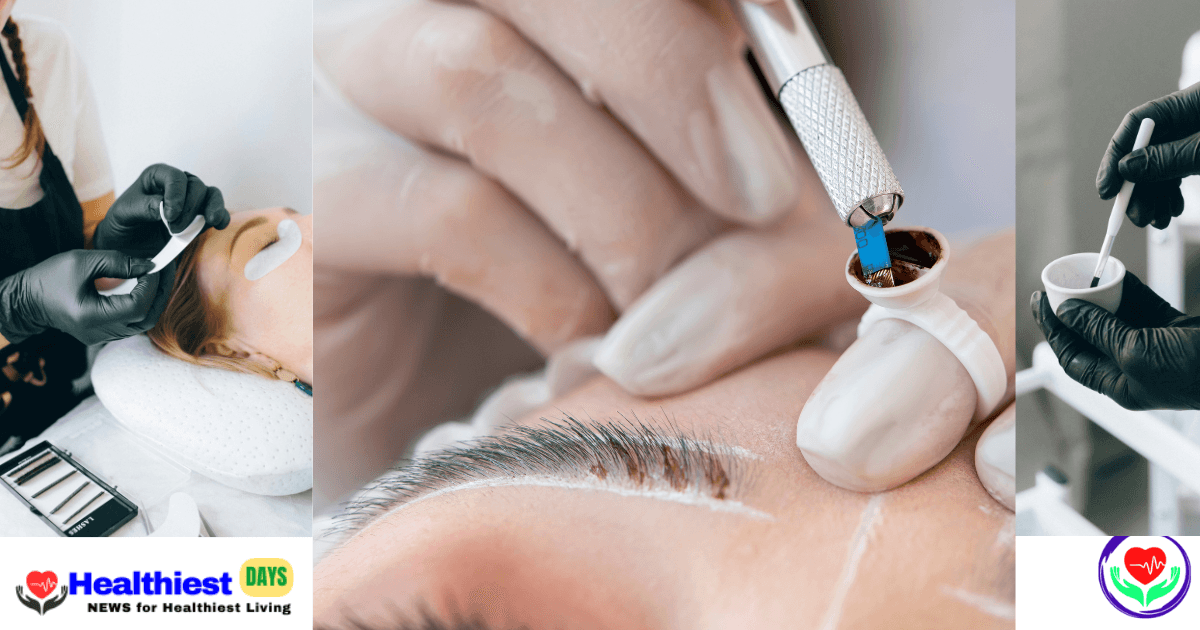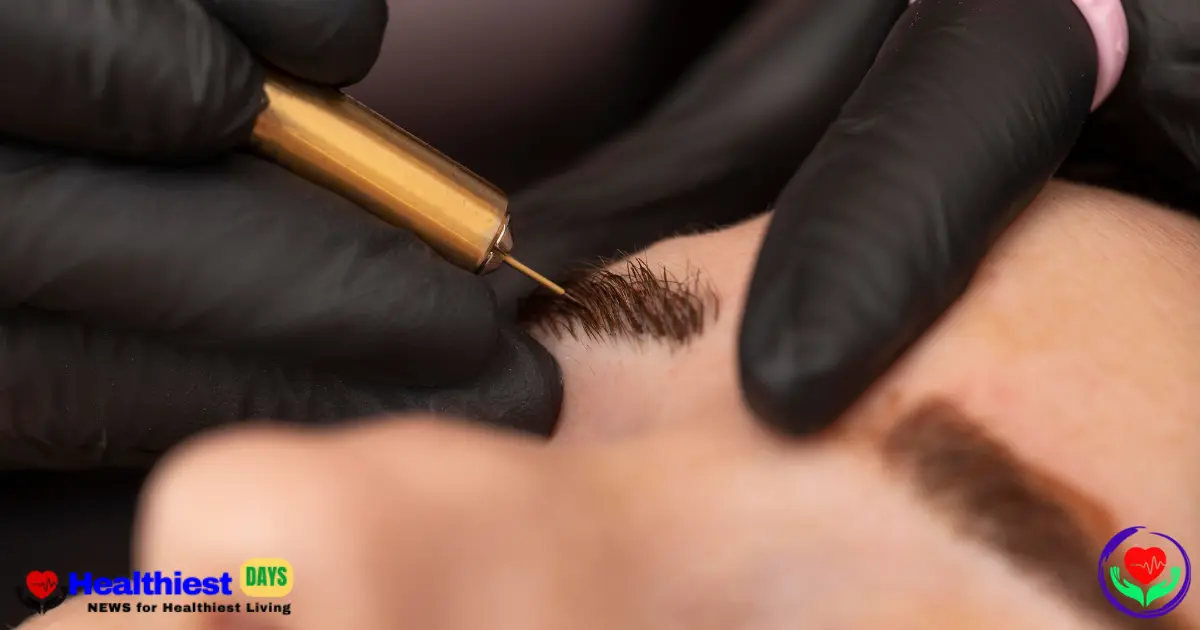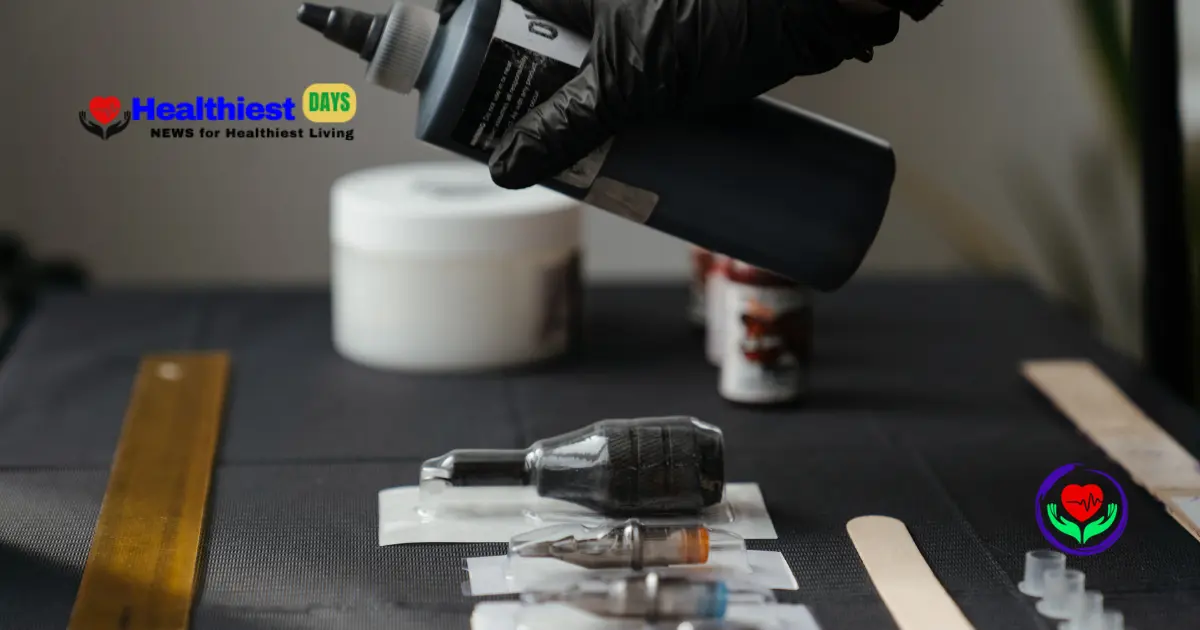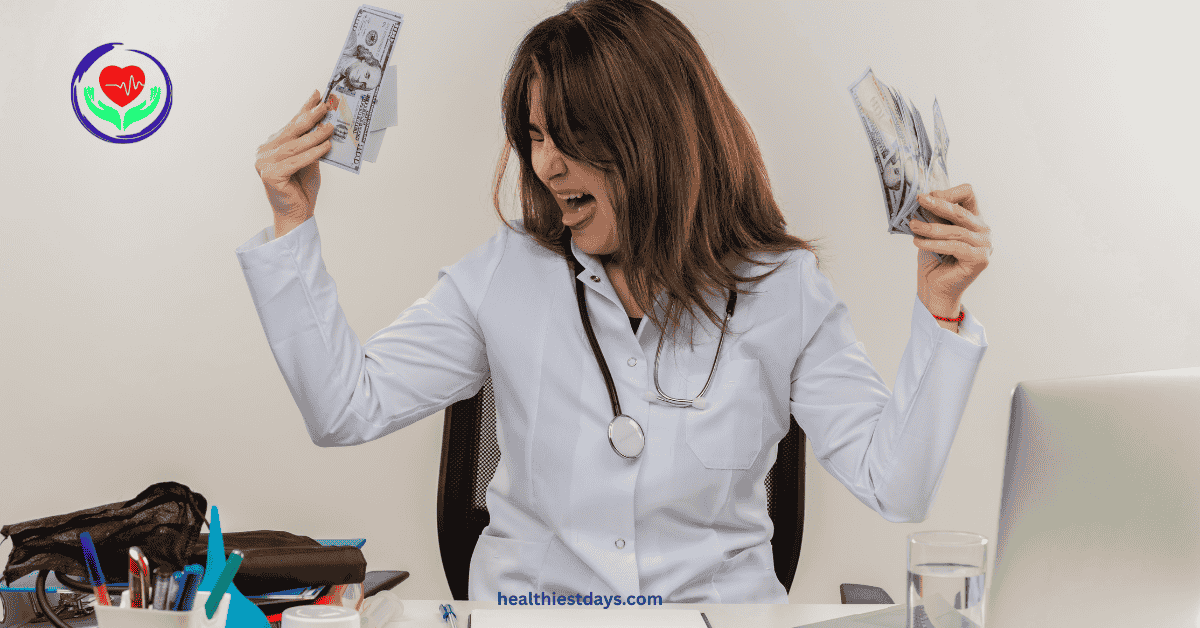Dry Healing Microblading: Why It’s the Best Recovery Method for Flawless Brows [Pro Advice]

Dry Healing Microblading: A Game-Decider for Long-Lasting Brows Results
Dry healing Microblading is just more than a fleeting trend. It has become a science-backed aftercare method trusted by top brow artists. If you have just invested in microblading or are planning to, there is an urgent need to grasp that the healing phase is just as crucial as choosing your artist.
Unlike your wet healing, dry healing doesn’t only involve ointments or creams. Instead of that, it also allows your brows to heal naturally by the formation of scabs that protect pigment during the recovery phase. It can mean sharper strokes, longer retention, and fewer infections, especially for oily or acne-prone skin types.
In this blog, you’ll learn the complete art of mastering how dry healing microblading works. Whether it is the right choice for you or not and why it’s especially effective for your oily skin when paired with oily skin microblading, our signature pillar topic.
What Is Dry Healing in Microblading?
Dry healing is a no-ointment aftercare method where you must allow your brows to heal on their own (naturally) without applying any topical creams, for example, gels or balms, etc. The essential idea is to let your skin form thin protective scabs that fall off naturally. It also has the responsibility to preserve pigment and minimize contamination.

This contrasts with wet healing, where clients are interestingly guided to gently wash and moisturize brows during the entire healing phase.
How Does Dry Healing Really Work?
After your microblading session on your skin, your brows may appear with the following attributes: darker, fuller, and slightly inflamed. In dry healing, you simply follow the given steps:
- Blot brows become very gentle for the first 2–3 hours post-treatment.
- It is recommended to avoid getting them wet for 7–10 days
- You should allow scabs to form and fall off naturally
- There is no need to apply ointment unless advised by your technician
This method actually creates a natural protective barrier, promoting optimal pigment retention and minimizing bacterial exposure.
Dry Healing vs. Wet Healing: What’s the Difference?
| Feature | Dry Healing | Wet Healing |
| Product Use | No ointment | Light ointment (e.g., Aquaphor) |
| Risk of Infection | Lower with proper care | Can increase if over-moisturized |
| Pigment Retention | Higher for oily/sensitive skin | Moderate; can fade if not done right |
| Best For | Oily, acne-prone, sensitive skin | Normal to dry skin types |
Dry healing microblading becomes the top choice of the clients with oily or sensitive skin. It generally reduces oil-product interaction and improves pigment longevity.
Why Dry Healing Is Best for Oily Skin Microblading
If you’ve read our pillar guide on oily skin microblading, you have already figured out the fact that unnecessary sebum can cause faster pigment loss and blurred strokes. Adding ointments to the mixture then just clogs pores further.
Here’s a detail why dry healing works better for oily skin:
- There is no need to add extra oil added to already oily skin
- It is encouraged to reduces pore blockage and breakouts
- There must be preserves crisp strokes by avoiding moisture-induced pigment migration
- It should be allowed for natural skin regulation
Want to learn how oily skin affects microblading? Read our complete guide on oily skin microblading to do preparations properly before choosing your brow artist.

Benefits of Dry Healing Microblading
- It has higher pigment retention
- It performs Less risk of clogged pores
- It offers Simpler aftercare routines
- There is no risk of allergic reaction to balms
- It becomes better for acne-prone and oily skin types
Most importantly, it must be recalled that dry healing aligns with natural skin healing processes by making the healing process as it becomes an ideal fit for sensitive, oily, or reactive skin.
Dry Healing Microblading Timeline: What to Expect Week-by-Week
Day 1–2:
Brows, as you know, appear darker and more intense. Some redness and tightness may occur.
Day 3–5:
When scabbing begins, you are directed not to pick it up! This is the actual way in which your skin seals the pigment.
Day 6–10:
Science reveals that scabs fall off naturally. It also becomes obvious that brows may look patchy or faded—this is normal.
Day 11–21:
Skin regenerates as it is the largest organ of your body. The final color begins to settle after some intervals of time. You’ll notice strokes becoming more defined and clear on skin.
Weeks 4–6:
A touch-up session may be scheduled to fill in any faded spots.
Things to Do and not to Do during Dry Healing
Things to Do:
- You must sleep on your back
- You should use a clean pillowcase
- You must apply gently blot brows with a clean tissue every few hours (Day 1 only)
- It is recommended dermatologically in the USA to avoid sun, sweat, and steam rooms
- Please, be patient; try to let the process unfold naturally
Things not to do:
- Please do not pick, scratch, or rub scabs
- Do not apply makeup, creams, or lotions near brows
- Not to get brows wet during showers—wash face carefully around the area
- It is not allowed to go swimming or tanning during healing
Common Mistakes People Make with Dry Healing Process
- They touch peeling scabs that can ruin pigment replacement. It also allows the proper usage of approved skincare, like retinol, exfoliants, or acids, which can fade pigment
- Excessive sweating also has the capacities for blurring fresh pigment lines
- Sleeping on your face—brings unwanted friction and disrupts healing
Healing requires continuous commitment, yet it offers the reward that is worth it: sharp, stunning brows that last!
How to Know If Dry Healing Is Right for You
Dry healing is ideal if you understand the following things:
- Try to have oily or acne-prone skin
- Prefer for natural recovery methods always
- It must be reacted badly to balms or creams
- Have a desire for maximize pigment retention
Furthermore, if your skin is likely to be very dry or flaky, your artist may recommend a hybrid approach by minimal ointment on Days 1–3, then transitioning to dry healing.
Dry Healing for Touch-Ups: Should You Do It Again, Really?
Absolutely, touch-up sessions basically require the same commitment as your initial appointment had in the similar scenario. If dry healing worked for you the first time with your skin healing, stick with it—especially if your skin is still oily or prone to breakouts to the maximum extent.
Frequently Asked Questions (FAQs)
1. What is dry healing microblading?
Dry healing is basically a microblading aftercare method where no ointments or balms are used. The skin is left to heal naturally by properly forming protective scabs that fall off on their own.
2. Is dry healing better than wet healing?
For oily or sensitive skin, it is recommended that dry healing often provides better pigment retention and less irritation. However, other skin types and artist preferences matter too.
3. Can dry healing cause scarring?
The answer becomes no because if you follow instructions and don’t pick at your brows, dry healing becomes very safe and reduces the risk of pigment loss and scarring.
4. How long does dry healing take?
In case of full healing, it takes around 3–4 weeks, though scabs typically fall off by day 10. A touch-up is usually scheduled after 6 weeks.
5. Can I switch from wet to dry healing?
Yes, you can, but only under your technician’s guidance. Such kinds of sudden changes may affect pigment stability. You should always follow their personalized aftercare plan.
Final Thoughts: Should You Try Dry Healing Microblading?
Yes—dry healing Microblading is a simple, natural, and powerful approach for the process of healing, especially if you have oily or sensitive skin. It urgently eliminates unnecessary ingredients by reducing the chance of infection.
Take the First Step Toward Perfect Brows—Naturally!
At The Healthiest Days, we believe in healing without harsh side effects on your skin. That’s why we always advocate for custom microblading plans, including dry healing protocols that respect your skin’s unique needs ideally. Want brows that stay flawless for months?
Explore extra-friendly expert tips at healthiestdays.com and let us guide you toward confident, skin-safe beauty.



